Weekly Index
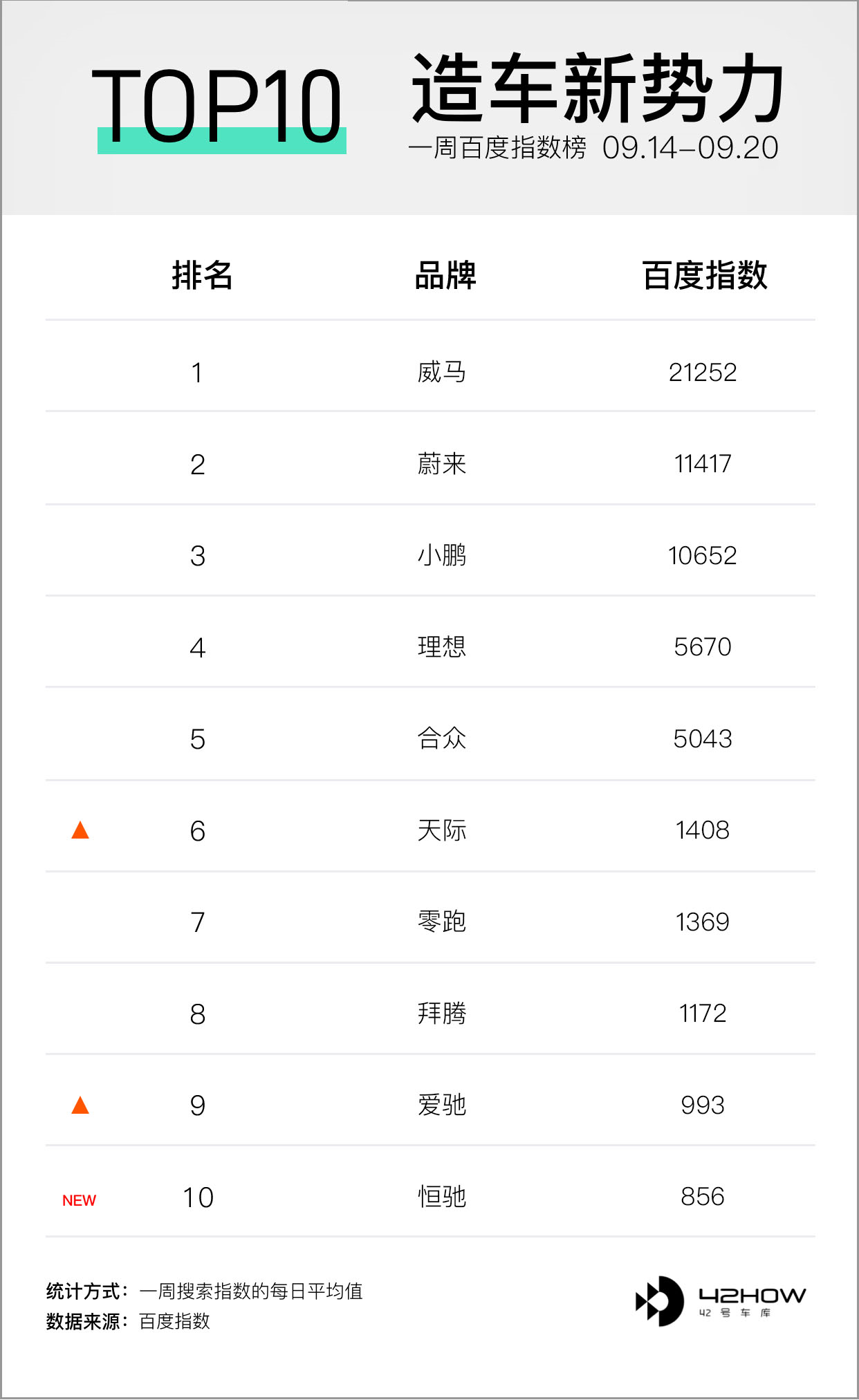
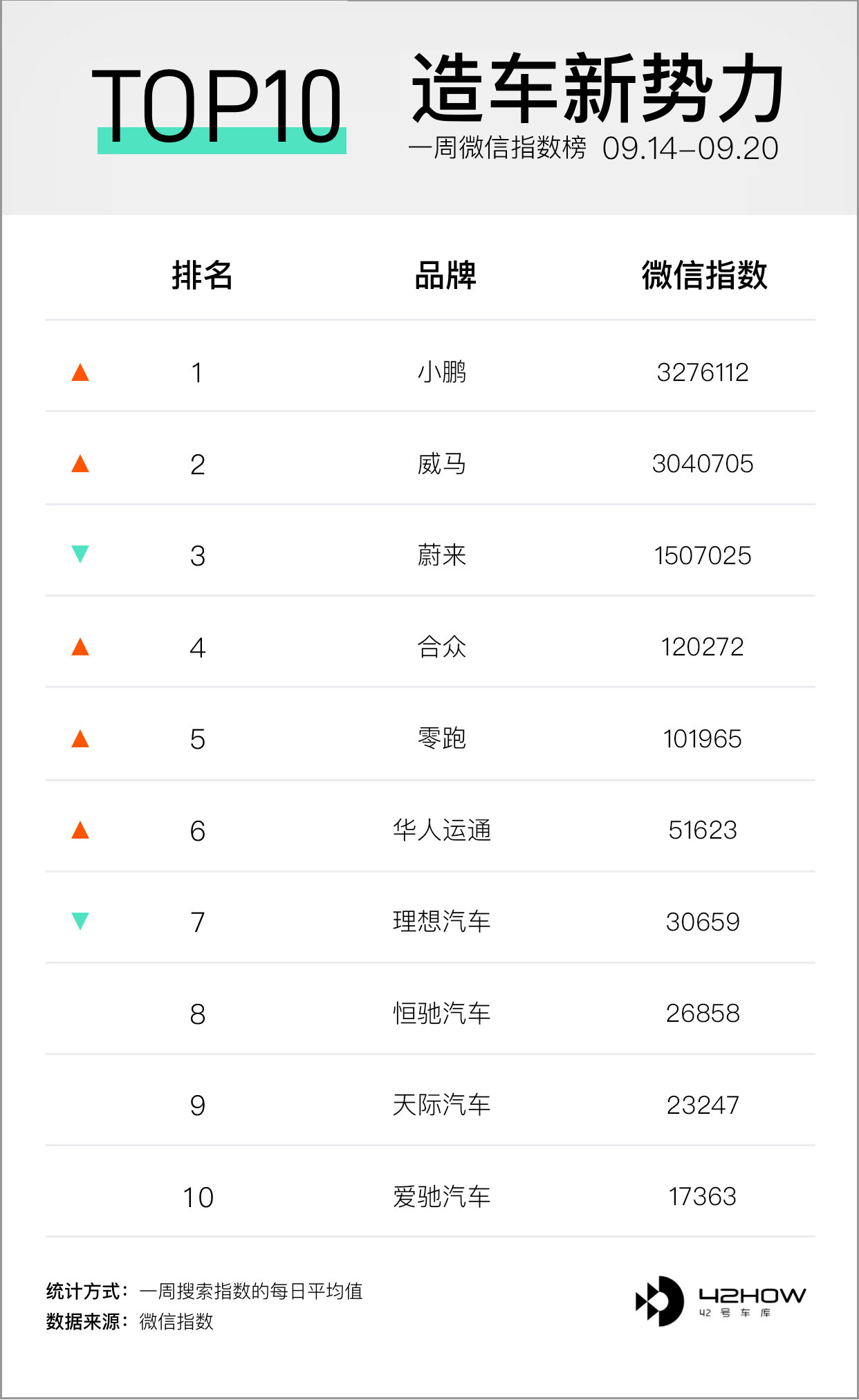
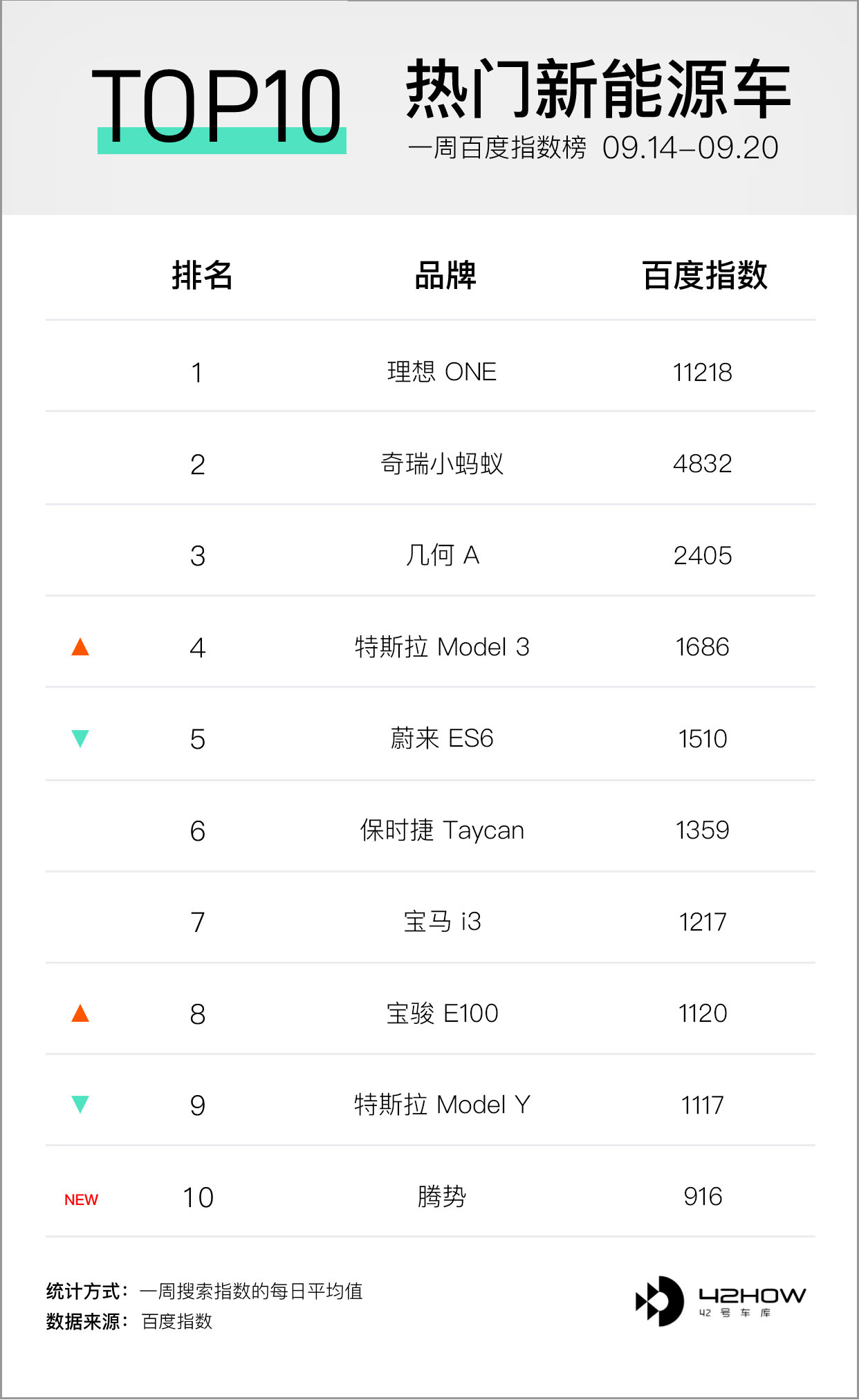
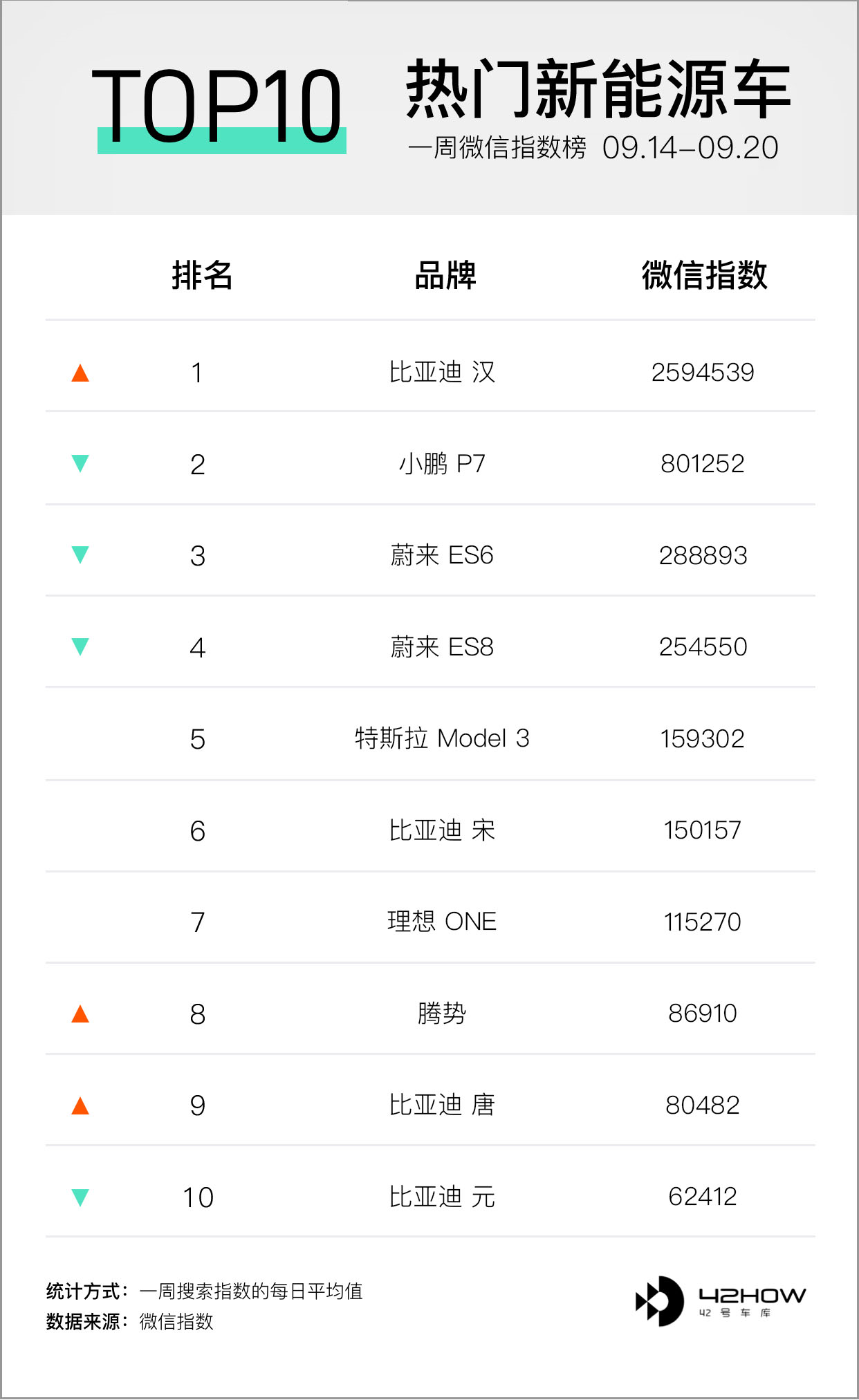
Weekly News
Bigger! Spy Shot of Tesla’s New Battery Cells
Electrek revealed spy photos of Tesla’s new battery cells, which are expected to be released on Battery Day on September 22.
According to Electrek, the photos were provided by an anonymous source, but an independent insider confirmed that they were indeed Tesla’s new battery cells produced on the Roadrunner production line.
The source is relatively single, and it is uncertain whether the pictures are genuine. If the news is true, it means that Tesla has developed larger battery cells after the 2170 cells, and the diameter of the new battery cells is twice that of the 2170 cells.
Quick appraisal:
From 18650 to 2170, and now this fat battery cell (4270?), the size of the battery cell is getting bigger and bigger, and the advantages of increasing the volume and capacity of single battery cells are still obvious. A smaller number of battery cells in the Pack simplify the calibration of the BMS and reduce the difficulty of production and manufacturing, thereby improving production efficiency.
However, the larger the battery cell, the more difficult it is to manage heat. What level of energy density can the new battery cells achieve? Can its service life be improved? All of these questions will be answered on Battery Day on September 22.
WM Motor Announces: Former Chief Architect of VIA Technologies Joining WM Motor as Chief Technology Officer
On September 15th, WM Motor announced that Wang Kai, former chief architect of VIA Technologies, has officially joined WM Motor as its CTO (Chief Technology Officer).
Wang will be responsible for the R&D and mass production of intelligent automobile related technologies, including electronic and electrical architecture, smart cockpit, autonomous driving, platform development and the Li OS real-time operating system.
 # The public announcement shows that Wang Kai has worked at the global technology company Veoneer for 8 years. During his tenure, he was mainly responsible for the planning and implementation of the company’s software and hardware product routes. His highest job title was Chief Architect and Director of Autonomous Driving.
# The public announcement shows that Wang Kai has worked at the global technology company Veoneer for 8 years. During his tenure, he was mainly responsible for the planning and implementation of the company’s software and hardware product routes. His highest job title was Chief Architect and Director of Autonomous Driving.
Previously, Ideal disclosed in its prospectus that the company officially started the independent research and development work in core technology fields such as electronic and electrical architecture, domain controllers, and real-time operating systems in 2020.
This is the first external “signing” of Ideal after listing.
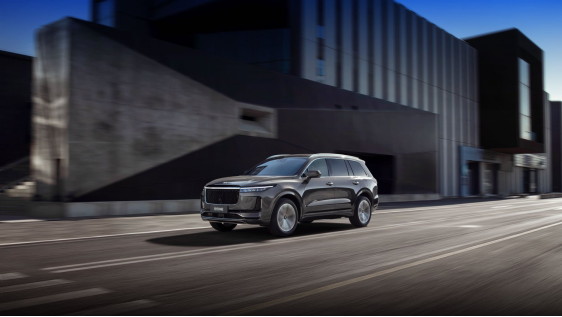
Comments:
Wang Kai has accumulated many years of core software and hardware experience in the top electronic industry. His addition is undoubtedly an important reinforcement for Ideal. On the other hand, the recruitment of this top technology talent once again demonstrates Li Xiang’s determination to obtain a self-driving license.
At present, Ideal ONE still has a lot of room for improvement in assisted driving. With the addition of Wang Kai and more independent research and development of core technology, Ideal’s product performance in the future is worth looking forward to.
Porsche launches mobile charging truck, which can charge 10 Taycans at a time
In order to meet the energy replenishment needs of users during test drives of Taycan on the track, Porsche and German company ads-tec jointly created 7 trucks with energy storage and charging functions, and each truck stores 2.1 MWh of electricity.
According to Taycan Turbo S’s 93.4 kWh battery capacity, this giant charging treasure can at least charge 22 cars from zero to full, of course, no one will use up or fully charge it, so one car can meet the basic daily test drive needs of 20 cars~
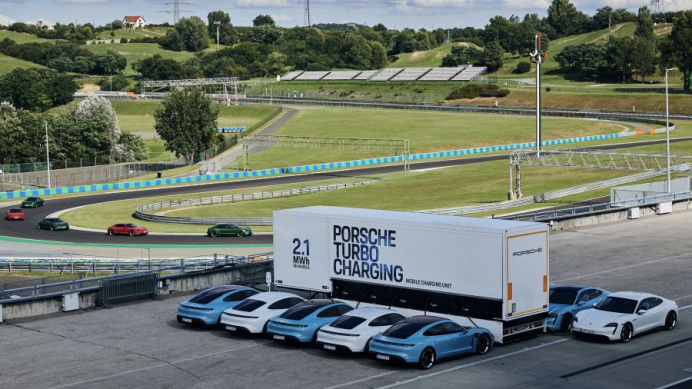
From the color scheme of the truck, this is Porsche’s Turbo charging station, so the mobile charging truck can also provide an 800V charging experience.
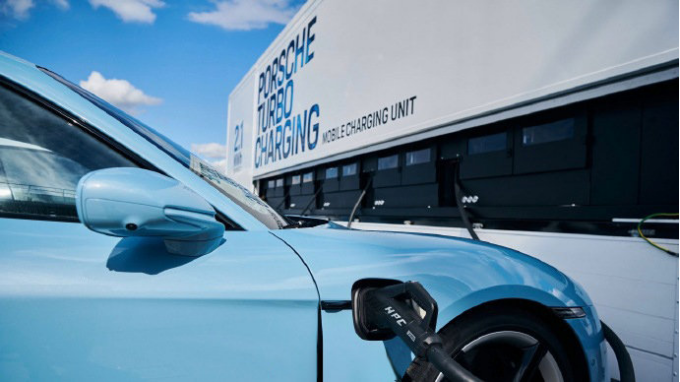
Comments:
Not only Porsche, but Tesla also has similar charging trucks. With the popularity of electric vehicles and the decrease in battery costs, the commercialization of these large mobile charging trucks still seems promising.
Volkswagen ID.4 will be released this week, and is expected to achieve annual sales of 500,000 by 2025.This week, Volkswagen will unveil its ID.4 pure electric SUV at the Beijing Auto Show and begin deliveries in the coming weeks. Currently, the ID.4 is already in production in Germany and China, and Volkswagen has also established a new factory in the United States, which is expected to start production in 2022.
Recently, Volkswagen brand CEO Ralf Brandstätter stated in an interview that Volkswagen plans to sell 1.5 million electric vehicles annually by 2025, with the ID.4 accounting for one-third, or 500,000 vehicles.
Let’s review some of the ID.4’s specifications:
- NEDC range: 555 km
- Battery energy density: 175 Wh/kg
- Curb weight: 2120 kg
In terms of range, the ID.4 is quite competitive among traditional automakers, and we look forward to its performance in the market.
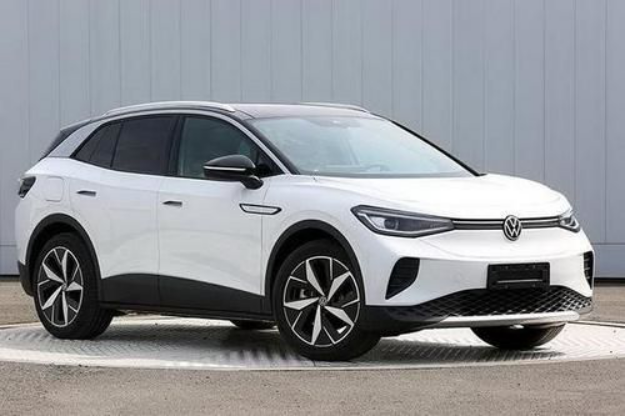
Quick Comment:
The debut of the ID series represents Volkswagen’s official entry into its pure electric journey in China. In the era of fuel vehicles, Volkswagen’s position in China was unshakeable, with familiar models such as the Lavida and Touareg. However, the birth of the ID series did not go smoothly, especially with software problems, which once held back deliveries in Europe.
They say that the reaction of large enterprises is relatively slow, but from now on, Volkswagen seems to have gradually begun on the right track. So, in the era of electrification, can Volkswagen still be that familiar brand?
Skyworth Auto ME7 officially launched
On September 19th, Skyworth Auto’s first mass-produced vehicle, the ME7, was officially launched, with five models released and a post-subsidy price of 218,800 to 289,800 yuan. The Skyworth ME7 has two range versions, with corresponding NEDC ranges of 410 km and 530 km.
- Size (length, width, height): 4685 x 1970 x 1660 mm
- Wheelbase: 2830 mm
- Motor power: 160 kW
- Motor torque: 330 N·m
It is worth mentioning that the ME7 also incorporates visual algorithms in its automatic parking system. Currently, only XPeng Motors and Nio have adopted visual fusion solutions in the industry, which makes us very curious about its actual capabilities. We will test it as soon as we get our hands on a test drive vehicle.
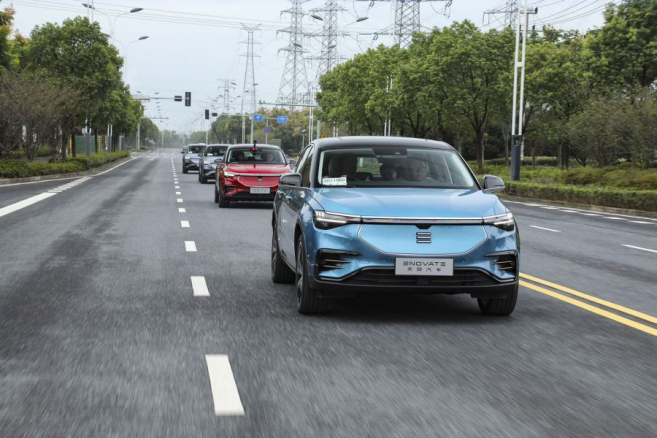
Quick Comment:SkyDrive is one of the “latecomers” among many new forces in the automotive industry. Although its starting price is relatively high, according to previous test drives, the car’s experience in ride comfort and human-computer interaction is quite impressive. In addition, its automatic parking fused with visual algorithms also shows its strength.
However, on the price front, the starting price for the ME7 with a range of 530 km has reached RMB 270,000, which is already on par with the domestic version of the Model 3 and will face considerable market pressure.
This article is a translation by ChatGPT of a Chinese report from 42HOW. If you have any questions about it, please email bd@42how.com.
